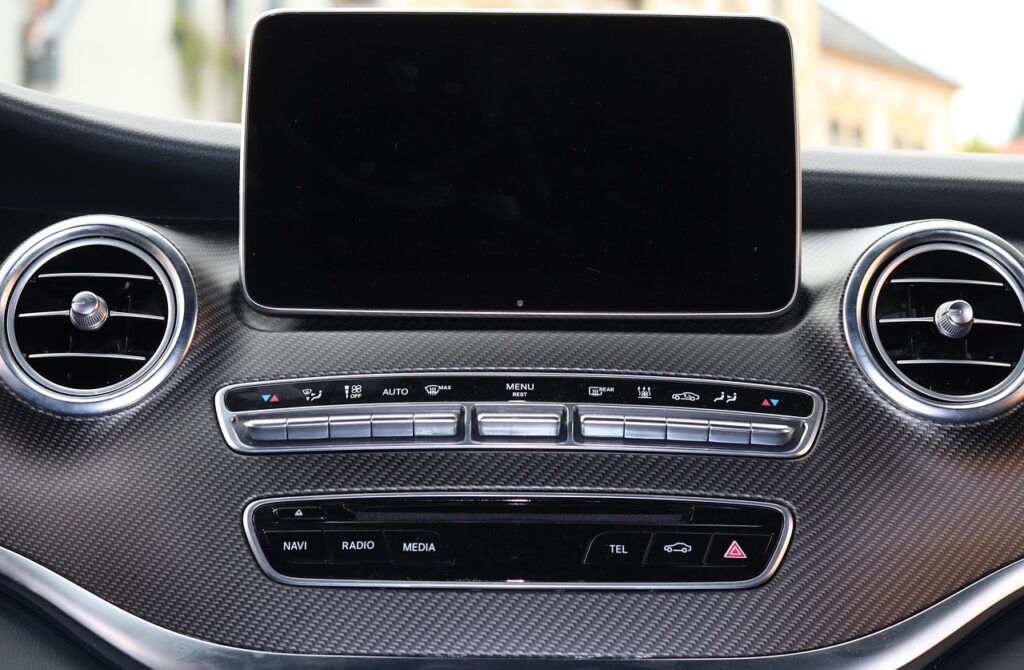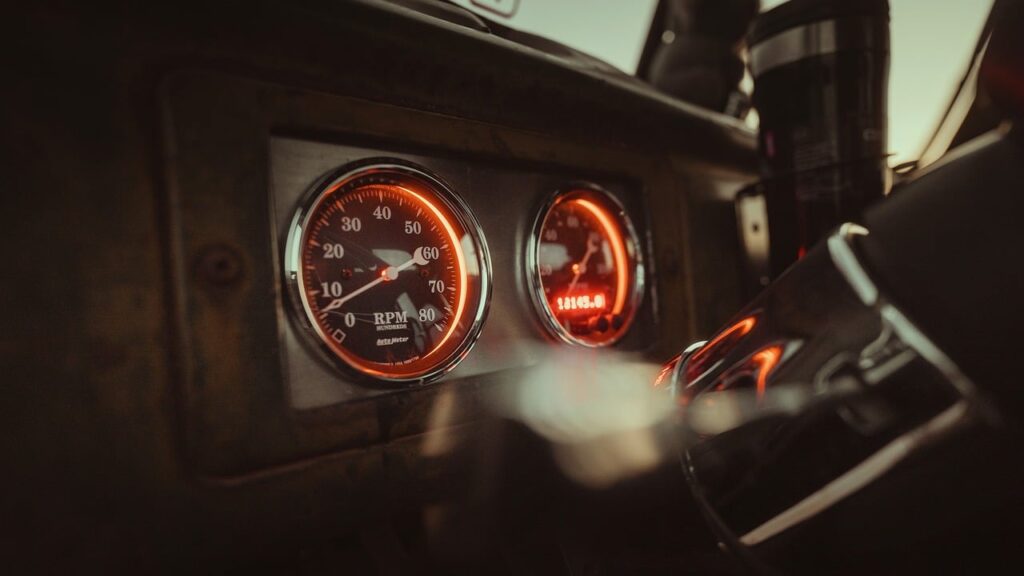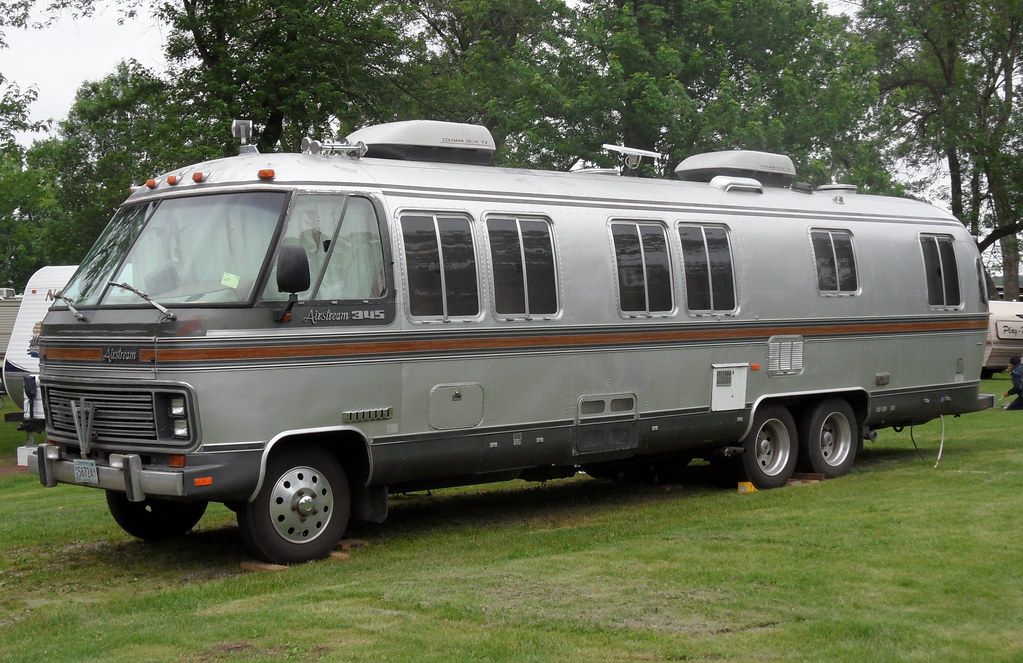
You probably hit your car’s start button every single day without a second thought. It’s a routine, almost subconscious action that brings your vehicle to life. But what if we told you that the very car you operate daily holds a wealth of capabilities, tricks, and hidden features that most drivers, even seasoned ones, are completely unaware of? These aren’t just obscure engineering quirks; many are practical, life-enhancing, or even life-saving functions waiting to be discovered.
Remember the excitement of stumbling upon a ‘secret knob’ under a dashboard that performed an unknown function? That’s the rabbit hole of automotive discovery we’re inviting you into. Modern cars are marvels of engineering, packed with smart solutions designed to make your life easier, safer, and more convenient. Yet, many of these brilliant innovations remain ‘hidden treasures’ right beneath your fingertips, behind your steering wheel, or tucked away in unexpected compartments.
From the moment you approach your car to the time you settle in for a long drive, there are unexpected capabilities that your vehicle possesses – features you’ll be wondering how you ever hit the road without. We’ve delved deep into the world of automotive novelties and practical tips to bring you a comprehensive look at what your car can truly do. Buckle up, because we’re about to unveil some of the best-overlooked tricks and hidden gems that will change the way you interact with your car.

1. **Keyless Entry Automatic Unlock**For many of us, keyless entry means fumbling for the fob and pressing a button to unlock the doors. It’s a convenience we’ve grown accustomed to, but did you know that for many cars equipped with keyless entry, you often don’t have to press any button at all? The true magic lies in a more seamless interaction, often overlooked by even those who use the feature daily.
Indeed, in a significant number of vehicles, simply reaching for the door handle is enough to unlock the car. This incredible functionality works because your car senses the RFID sensor embedded within the key fob, which is likely nestled safely in your pocket or purse. As you approach and make contact with the handle, the car’s system recognizes the proximity of your unique fob, granting you effortless entry without any manual button presses.
This subtle but highly effective feature simplifies your routine, especially when your hands are full with groceries, children, or other items. It eliminates the need to dig for your keys or press a specific button, streamlining the process of getting into your vehicle. Once you realize your car has this capability, it transforms a minor daily action into an incredibly smooth and intuitive experience, proving just how ‘smart’ modern keyless systems truly are.
Read more about: Beyond the Fob: 14 Transformative Ways Carmakers Are Redefining the Car Key for a Connected Future
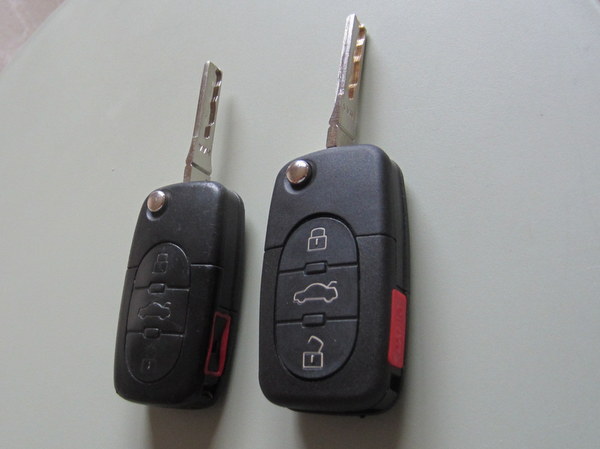
2. **Starting Your Car with a Dead Key Fob**Imagine this scenario: you hop into your push-button start car, ready to go, only to find that your key fob battery has died. Panic might start to set in as your car refuses to acknowledge your presence. This common predicament can leave drivers feeling stranded, but fortunately, automakers have engineered clever workarounds for just such an emergency. Your car isn’t as helpless as you might think.
Several methods exist to start your vehicle even with a lifeless fob. Some cars, for instance, feature a removable push-to-start button. Beneath this button, a traditional key slot is revealed, allowing you to physically insert a backup mechanical key to start the car. This harks back to simpler times but provides a crucial failsafe in a high-tech world, ensuring you’re never truly locked out of starting your engine.
Other vehicles have a hidden key compartment or a dedicated slot where you can physically insert the entire key fob itself. This allows the car’s system to more easily recognize the RFID chip within the fob, even if its internal battery is depleted. This direct contact ensures the security chip is read, bypassing the need for a powered fob to transmit a signal wirelessly. Sometimes this pocket may be under the ash tray mat, or a pocket in the steering column, as is the case with some Ford Fusion models.
Perhaps the most common and often overlooked method for push-button start cars with a dead fob is to simply hold the fob directly next to the bottom of the steering console while pressing the start button. This close proximity allows the car to pick up the weak signal or physically sense the security chip, enabling you to ignite the engine. It’s a vital piece of knowledge that can turn a moment of roadside despair into a simple, solvable inconvenience, highlighting the thoughtful engineering that goes into car design.
Read more about: Revitalize Your Ride: 15 Simple Yet Transformative Ways to Make Your Old Car Feel Years Newer
3. **Air-Conditioned Compartments**Ever wish you had a mini-fridge in your car for drinks, snacks, or even temperature-sensitive items like chocolate? Many drivers carry separate coolers or bags for this very purpose, unaware that their vehicle might already have a built-in solution. This hidden luxury is a game-changer for road trips, daily commutes, or simply keeping your perishables perfectly chilled.
Indeed, some cars are equipped with an air-conditioned compartment designed specifically for beverages or other items that benefit from a cool environment. These aren’t always obvious and can be found in various locations, often integrated subtly into existing storage spaces. The most common places to check are your center console or glovebox. Manufacturers have ingeniously routed conditioned air into these areas, turning them into practical, climate-controlled storage solutions.
Several makes are known for incorporating this feature. Brands like Volkswagen, Saab, Dodge Avenger, and Honda Odyssey have included these refrigerated compartments in some of their models. A notable example cited in the context is the 2014 KIA Optima, which came with a “Refrigerated” glove box, offering a touch of unexpected convenience. Discovering this feature can eliminate the need for cumbersome external coolers, freeing up space and ensuring your refreshments are always at the ideal temperature, a truly cool perk you might never have guessed your car possessed.
Read more about: Your Car’s Best-Kept Secrets: Insider Hacks and Hidden Features That Will Change How You Drive
4. **Rear Fog Lights**When adverse weather conditions like heavy fog, rain, or snow descend, visibility becomes a primary concern for every driver. While standard headlights and taillights offer some illumination, there’s another hidden feature designed specifically to make your vehicle more conspicuous to drivers behind you: the rear fog light. This safety feature is surprisingly common, especially in certain regions, yet often goes unnoticed by many owners.
Rear fog lights are significantly brighter than standard taillights and are typically positioned either centrally or on one side of the vehicle, often mimicking the brightness of a brake light. Their purpose is not to illuminate the road for you, but to provide a strong visual warning to following vehicles, cutting through thick atmospheric conditions more effectively than conventional lighting. This drastically reduces the risk of rear-end collisions in poor visibility.
These specialized lights are particularly prevalent in European makes, where driving in foggy conditions is more common and safety regulations often mandate their inclusion. You won’t find them automatically activating with your regular headlights; there’s usually a dedicated button or a specific switch on your dashboard or light stalk to turn them off and on. Learning about this feature and how to use it can significantly enhance your safety and that of others on the road when Mother Nature decides to obscure the view.
Read more about: Mastering the Back: 14 Life-Saving Tricks 10-Wheel Drivers Use for Safe Reversing

5. **Turning Off Daytime Running Lights (DRL)**Daytime Running Lights (DRLs) are a beneficial safety feature, designed to make your vehicle more visible to other drivers during daylight hours. They automatically come on whenever the car is running, and for the most part, they operate without any thought from the driver. However, there are specific situations where DRLs can become an annoyance, and many drivers don’t realize they have a simple way to temporarily disable them.
Consider moments when you’re sitting in a parking lot, perhaps waiting for someone, with your engine idling. Your DRLs might be shining brightly, potentially blinding the driver in the car in front of you or causing unnecessary light pollution in a dark area. This can be particularly frustrating, especially when you wish to remain discreet or simply not disturb others with your vehicle’s illumination, looking at you, 2004 Toyota Corolla owners!
The good news is that for many cars, there’s a straightforward trick to turn these lights off without shutting down your engine. Pulling the parking brake up one click – just enough to engage it lightly, but not necessarily to fully secure the vehicle for parking – will often turn the daytime running lights off. On some models, this action might even turn off the headlights entirely. This simple maneuver offers a discreet solution to a common pet peeve, giving you more control over your vehicle’s lighting in various scenarios.
6. **Dashboard Light Dimmer**Driving at night requires optimal visibility both on the road and within your cabin. While too little light on your dashboard can make gauges unreadable, too much can be equally problematic, causing glare, eye strain, and even distraction. The bright glow of your instrument cluster and control panel lights can interfere with your night vision, making it harder to perceive objects outside the vehicle.
Fortunately, almost all cars come equipped with a dimmer function designed to adjust the intensity of these interior lights. The location of this control can vary, which is why it often goes unnoticed. In many modern vehicles, you’ll find it as a small thumb wheel positioned somewhere to the side of the steering wheel, easily accessible with your left hand. A quick roll up or down can dramatically change your nighttime driving comfort.
For older car models, the dimmer function might be integrated into other controls. In some older cars, twisting the odometer knob located by the speedometer dial serves this purpose. And for even older vehicles, the dimmer could be part of the headlight on-switch knob – a simple twist would adjust the brightness. Discovering this little dial or twist mechanism can significantly improve your comfort and reduce fatigue during night drives, proving that even the most basic features can have a profound impact on your driving experience.
Read more about: Beyond the Daily Grind: 14 Classic Convertibles That Charm, But Don’t Commute for the Younger Crowd

7. **Remote Window Control**On a scorching summer day, few things are more unbearable than stepping into a car that has been baking in the sun, turning the interior into a sweltering oven. The thought of waiting for the air conditioning to kick in and cool down the cabin is enough to make anyone dread their commute. What if you could begin the cooling process before you even open the car door?
Many vehicles, particularly those from Honda, offer a fantastic hidden convenience: the ability to remotely roll down your windows using your key fob. This feature allows you to air out the hot interior and significantly reduce the temperature before you even set foot inside. It’s a simple trick that provides immense comfort and is an absolute savior on those blistering days.
For Honda owners, the sequence is typically straightforward: press the lock button once, and then immediately press the unlock button twice, holding it down on the second press. If your car has a traditional key, you can often achieve the same effect by turning the key to the ‘lock’ position, then turning it again to ‘unlock’ and holding it there. This clever functionality, once discovered, will make you wonder how you ever survived summer without it, transforming a sticky situation into a breath of fresh air with just a few button presses.
Read more about: 15 Mind-Blowing Animal Facts You Absolutely Won’t Believe

8. **Fuel Cap Arrow Indicator**Have you ever pulled into a gas station with an unfamiliar rental car or a new vehicle, only to experience a moment of mild panic wondering which side the fuel tank is on? It’s a common, if minor, inconvenience that can surprisingly disrupt your flow. This fleeting moment of confusion at the pump is something many drivers can relate to, especially when transitioning between different vehicles or simply having a lapse in memory.
Thankfully, automotive engineers have anticipated this exact scenario, embedding a simple yet brilliant visual cue right on your dashboard. The vast majority of modern cars now feature a small, often triangular arrow located right next to your fuel gauge. This subtle indicator serves a singular, immensely practical purpose: it points directly to the side of your car where the fill-up door is situated.
Once you notice it, this little arrow transforms a potential moment of confusion into a quick and confident stop at the pump, saving you time and avoiding awkward maneuvering. It’s an invaluable reference, particularly when you’re driving a car that you are unfamiliar with. This thoughtful design element eliminates the need to guess or even get out of the car, streamlining one of your most frequent interactions with your vehicle.
This handy design detail is a testament to the meticulous consideration that goes into vehicle ergonomics, solving a widespread problem without adding any complex technology. It proves that sometimes the most effective innovations are the simplest ones, enhancing your daily convenience in a way you might never have expected. Remembering to glance at that arrow can make your refueling experience significantly smoother.
Read more about: Avoid Costly Pitfalls: The Worst Mistakes to Steer Clear Of When Investing in an Excavator

9. **OBD-II Port for Self-Diagnostics**The appearance of the “Check Engine” light can strike fear into the heart of any car owner, often signaling an impending and costly trip to the mechanic. Many drivers immediately brace for a significant repair bill, feeling powerless against the cryptic warnings of their vehicle’s onboard computer. But what if you could get a preliminary diagnosis of your car’s health from your own driveway, without needing specialized tools or a professional appointment?
Modern vehicles, specifically those built from 1996 onward, come equipped with a hidden gateway to their internal health: the OBD-II port. This On-Board Diagnostics II port is a standardized interface designed to provide crucial information regarding your vehicle, including the very error codes associated with that dreaded check engine light. It’s usually located discreetly under the steering wheel, making it easily accessible once you know where to look.
While primarily intended for professional mechanics, its accessibility means that you, too, can tap into your car’s digital brain. By plugging in an inexpensive OBD reader, readily available online or at automotive stores, you can quickly read and interpret these error codes yourself. This empowers you to understand the nature of a problem before heading to a shop, potentially saving you money by allowing you to diagnose minor issues for free or at least approach a mechanic with informed questions.
This remarkable feature transforms your car into an open book, offering transparency into its operational state and giving you greater control over its maintenance. Understanding and utilizing your OBD-II port can demystify common car troubles and make you a more informed and proactive car owner, highlighting how manufacturers integrate diagnostics and compliance.
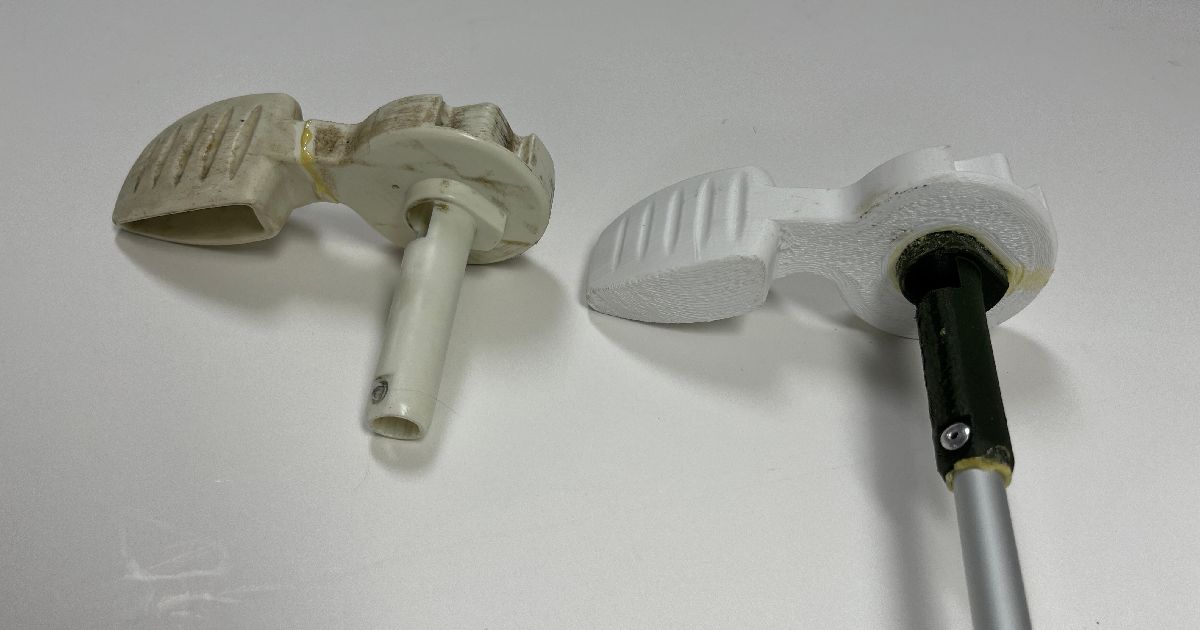
10. **Engine Force-Start Without Brake Pedal**Modern push-button start cars typically require you to depress the brake pedal before the engine will ignite, a crucial safety measure to prevent accidental starts. This protocol is so ingrained it becomes second nature. However, what happens if your brake pedal sensor malfunctions, or a related fuse fails, preventing the car from recognizing your brake input and thus refusing to start? This scenario could leave you feeling completely stranded, a frustrating and potentially dangerous predicament.
Automakers, understanding such critical vulnerabilities, have ingeniously built in hidden emergency features. For instance, in the latest models from brands like Hyundai and Kia, there’s a specific workaround. The engine can be force-started by holding down the start button for approximately 10 seconds, even without pressing the brake pedal. This bypass mechanism is a lifesaver, designed to help drivers avoid being stranded due to a malfunctioning brake system, ensuring mobility in critical moments.
Beyond these emergencies, this feature also offers an unexpected layer of convenience. Imagine the driver stepping out briefly, but a passenger needs to start the engine to operate the air conditioning or heater in extreme weather. This force-start function allows them to do so without needing to move to the driver’s seat and engage the brake, providing comfort and safety on demand.
It’s crucial to remember that this override is designed for emergencies and specific conveniences only; under normal circumstances, the brake should always be pressed when starting your engine. This careful engineering, providing access for specific driving conditions without cluttering the main design, highlights how manufacturers thoughtfully integrate failsafes for security and operational reliability.

11. **Heated Steering Wheel**As winter’s bitter chill descends, the thought of gripping an ice-cold steering wheel can make even the shortest drive feel like a daunting task. While heated seats have become popular, many drivers remain unaware that their car might also offer the luxurious warmth of a heated steering wheel, a true game-changer for those in colder climates. This ingenious feature transforms freezing commutes into a surprisingly pleasant experience.
A heated steering wheel, once activated, quickly warms up the wheel’s surface, providing immediate relief and comfort to your hands and fingertips. It’s a super handy feature if you live in the north, significantly reducing discomfort and even helping to improve grip. You’ll find this comfort feature in various models, such as the 2021 Outback Touring, demonstrating its growing presence in modern vehicles.
However, the control for this feature isn’t always obvious and can be subtly integrated into the dashboard, a stalk, or even a hidden button on the steering wheel itself. Sometimes, this button is strategically placed on the back of the steering wheel at the 6 o’clock position, where your fingertips naturally rest but might not initially spot. This deliberate concealment often keeps the user interface clean, avoiding overwhelming drivers with too many visible options.
Discovering this often overlooked button can significantly enhance your driving comfort during colder months, making your car feel even more like a sanctuary from the elements. For anyone battling frigid temperatures, the heated steering wheel quickly moves from a hidden perk to an absolute necessity, proving that thoughtful design can make a world of difference to your daily driving pleasure.
Read more about: Hidden Gems of the Highway: 14 Classic Cars That Revolutionized the Road and Then Vanished from Memory
12. **Adjustable Lumbar Support**Long drives or even daily commutes can undeniably take a significant toll on your back, leading to persistent discomfort, stiffness, and overall fatigue. While most car seats offer basic adjustments, these often fall short when it comes to personalized support for your lower back. This is where an often-overlooked feature, adjustable lumbar support, emerges as a hidden ergonomic gem for your spine.
This invaluable function allows you to precisely modify the curvature of the seatback in the lumbar region, providing tailored support exactly where your back needs it most. By increasing or decreasing the prominence of the lower back support, you can maintain the natural curve of your spine, preventing slouching and reducing strain on your muscles and discs during extended periods of sitting. This customization is key to preventing discomfort.
The button for this specific adjustment is typically located near the other seat adjustment levers on the side of your seat, but its purpose isn’t always immediately obvious to the untrained eye. It often looks like a small diagram of a car seat with an arrow indicating movement in the lower back area, or sometimes what appears to be a wavy symbol resembling waves coming out of the seat. The subtle nature of the control often contributes to it being missed by drivers.
Once you discover and properly adjust your lumbar support, you’ll wonder how you ever drove without it, experiencing a noticeable difference in your posture and comfort. This hidden feature can dramatically reduce back pain and stiffness on long journeys, making your driving experience much more enjoyable and sustainable. It’s a powerful testament to how subtle design elements contribute to overall driver well-being, helping you arrive at your destination feeling refreshed.
Read more about: Beyond the Rig: 12 Game-Changing Essentials Long-Haul Truckers Swear By (But Rarely Talk About)
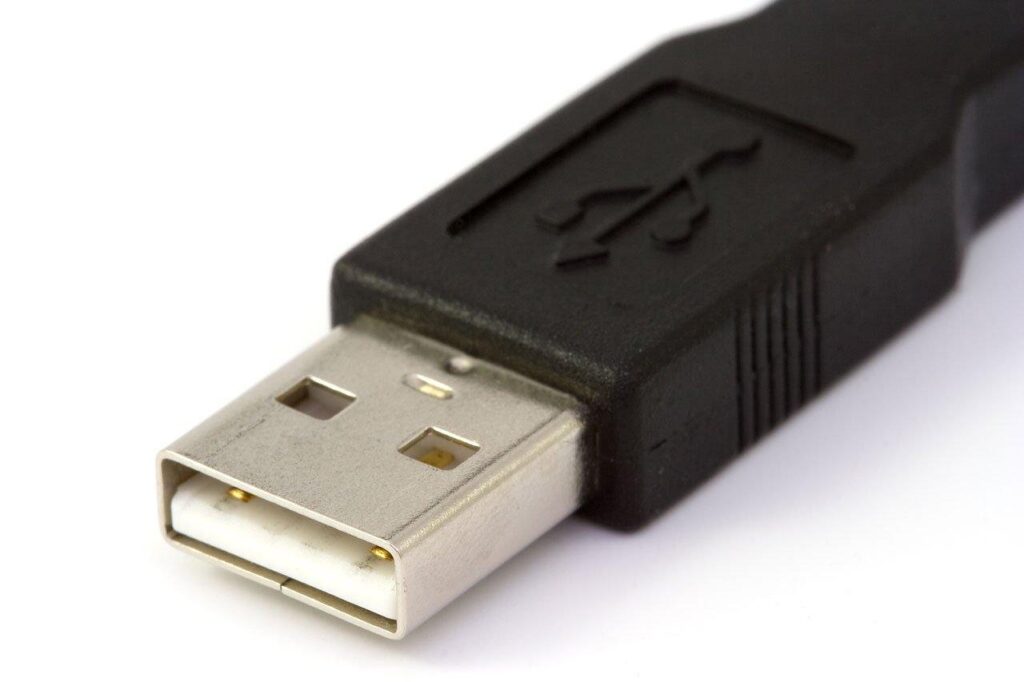
13. **Hidden USB Ports / Charging Compartments**In our increasingly connected world, keeping multiple devices charged on the go is a common necessity, especially during long road trips or daily commutes with multiple passengers. While most cars have at least one visible USB port in the front console, many vehicles offer additional, discreet charging solutions that often go unnoticed. These hidden USB ports are ingeniously placed to keep your cabin tidy and your devices powered without cluttering the main console or creating a tangled mess of cords.
Beyond the obvious front-console ports, you might find extra USB ports tucked away in surprisingly convenient locations. Common spots include inside the glove box, nestled within the center console, or even discreetly integrated along the walls in the back passenger area, such as near the footwell or under rear passenger air vents. These extra power points are invaluable for passengers or for devices you prefer to keep out of sight, reducing cable mess and visual distractions while driving.
Some cars take this convenience a significant step further with ingeniously concealed phone charging compartments. For instance, the 2014 Chevrolet Impala features a remarkable hidden compartment in the middle front of the dashboard. What appears to be a simple defrost button can actually be pressed to reveal a discreet storage area, specifically designed for your phone.
Inside this clever compartment, you’ll find a dedicated phone-charging port. This innovative design provides a secure and out-of-sight place to store and charge your phone, preventing it from becoming a projectile in an emergency and maintaining a clean interior aesthetic. Discovering these extra charging points can significantly enhance the practicality and user-friendliness of your vehicle.
Read more about: Unveiling the Unseen: Masterful Hidden Messages and Ingenious Features, From Automotive Marvels to Clever Campaigns
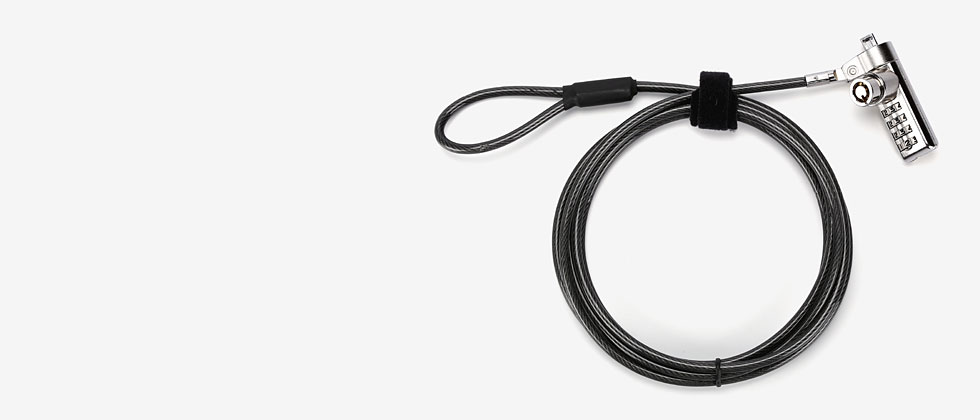
14. **Valet Mode / Trunk Lock Button**When you entrust your valuable vehicle to a valet, or even a friend or family member, there might be certain personal items or areas you prefer to keep private and secure. Many luxury vehicles, particularly those from esteemed brands like Lexus, incorporate a specific “valet mode” or a hidden trunk lock button to address this very concern. This thoughtful feature offers an invaluable extra layer of security and privacy many owners only discover by accident.
On numerous Lexus models, for example, there’s a button discreetly located within the glovebox that specifically locks the trunk. When this button is activated, the trunk will not open using the normal trunk release button found elsewhere in the car, and often only the key fob’s dedicated trunk button will work. This ingenious mechanism ensures that valuables stored in the trunk remain secure even if someone has access to the car’s interior or general keys.
For owners who aren’t aware of this feature, it can indeed lead to considerable frustration and confusion. They might mistakenly think their trunk release is broken when, in fact, it’s simply engaged in valet mode, designed to protect their belongings. The context explicitly mentions one owner’s experience of thinking their Lexus trunk release was broken for months until they found the glovebox button. Other Lexus models might require using a separate key on the left bottom side of the dash to turn off this valet mode.
Understanding this hidden security function not only prevents such moments of perplexity but also provides immense peace of mind. It allows you to protect your privacy and possessions with a simple, hidden toggle, demonstrating how automakers build in features for enhanced security. This is a classic example of “valet mode,” a security feature that limits vehicle performance and disables certain functions when activated, offering exclusive value for knowledgeable owners.
—
Read more about: Beyond the Fob: 14 Transformative Ways Carmakers Are Redefining the Car Key for a Connected Future
As we wrap up our fascinating journey through the hidden marvels of modern automobiles, it’s abundantly clear that your car is far more than just a means of transportation. It’s a meticulously engineered ecosystem, brimming with thoughtful details and clever solutions designed to enhance every aspect of your driving life. From ensuring your comfort on long hauls to providing crucial assistance in unexpected emergencies, these overlooked features are a testament to the continuous innovation in automotive design. So, the next time you settle into the driver’s seat, take a moment to explore beyond the obvious. Delve into the nooks and crannies, consult your owner’s manual, or simply try a few of these tricks. You might just uncover a delightful secret that transforms your daily commute into an even more convenient, safer, and truly enjoyable experience. Happy driving, and happy discovering!

